Janja
Project that explores the complex and multidimensional issues of changing Janja river and the consequent impact on their inhabitants, in an effort to understand this rich environment, but also its obvious reality.


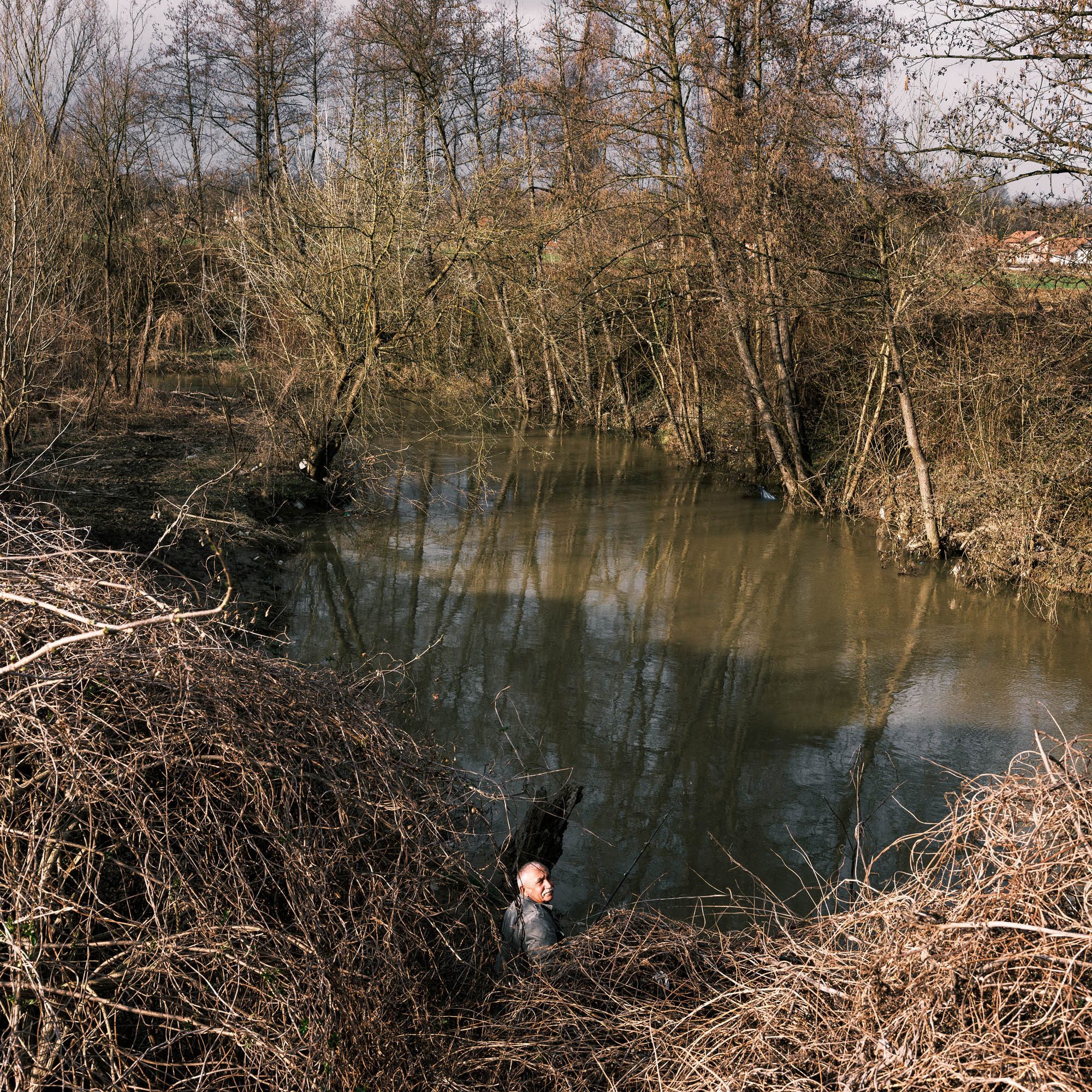
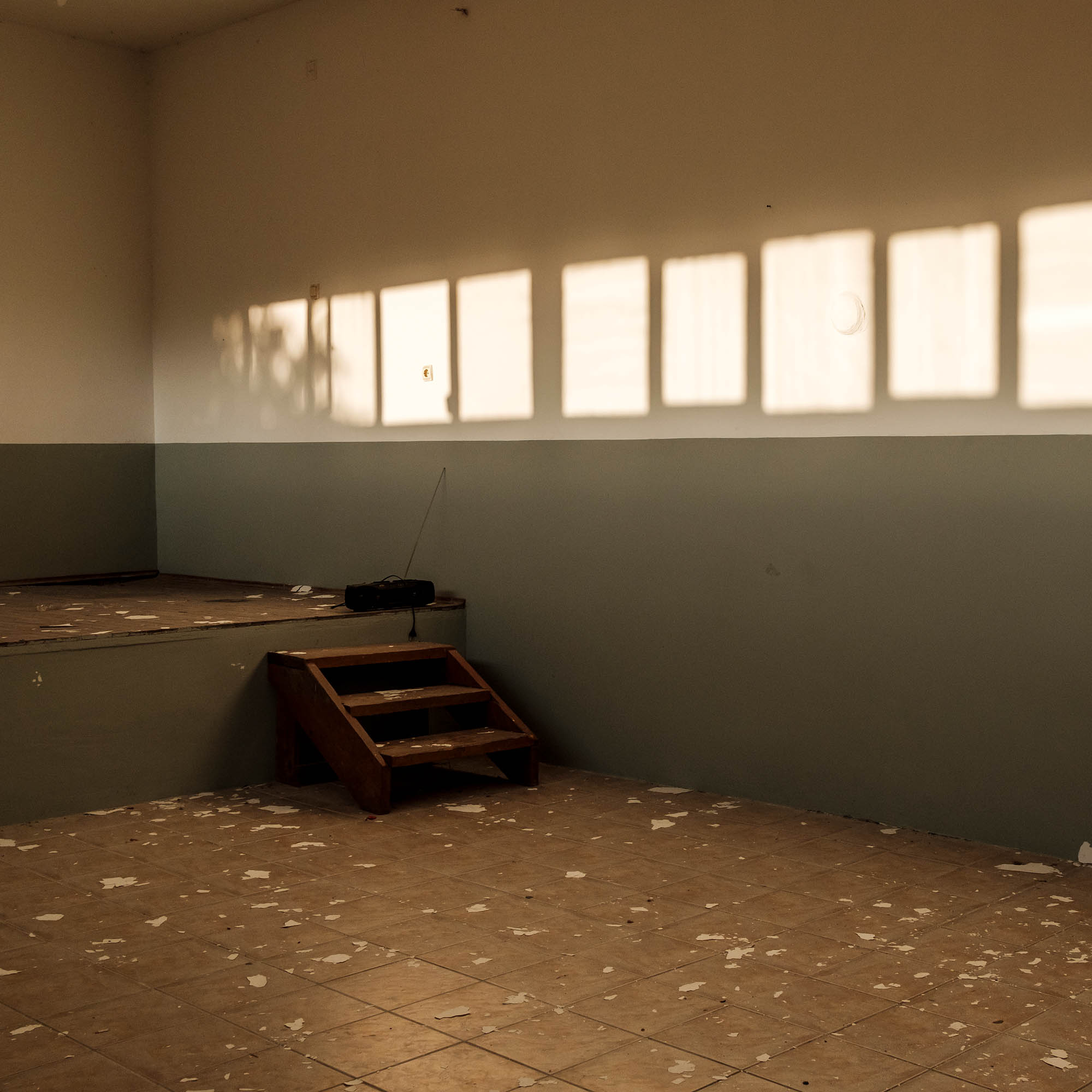



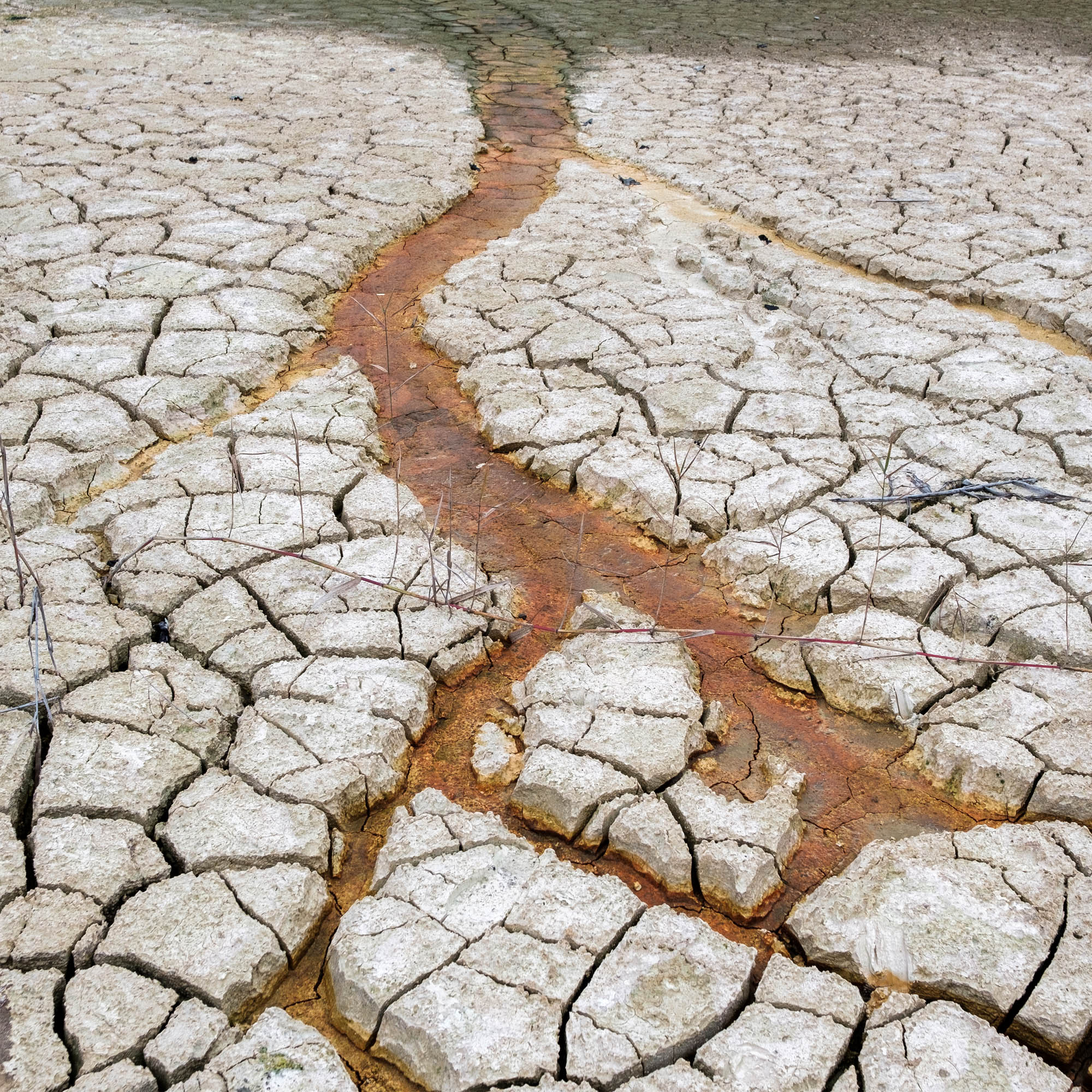
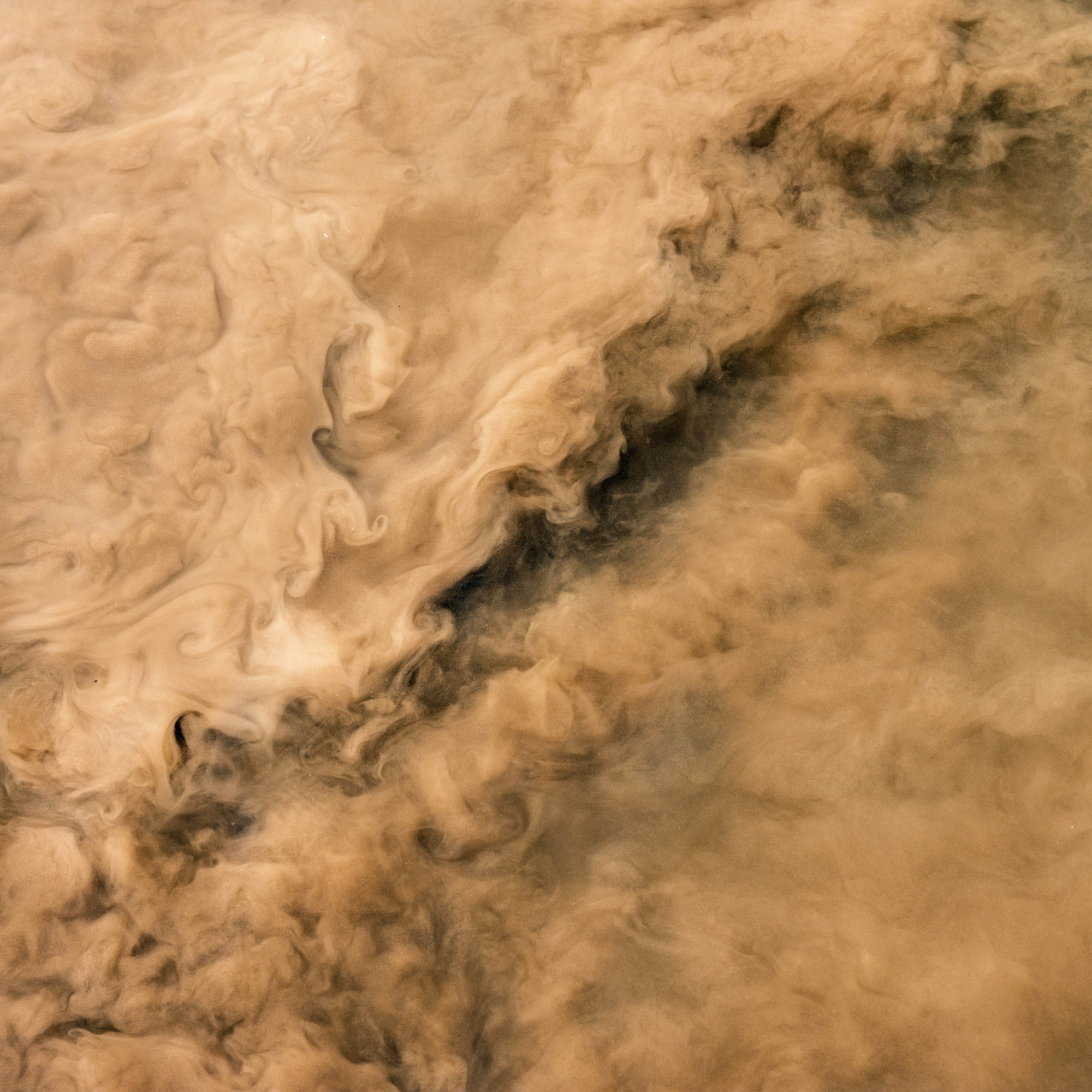
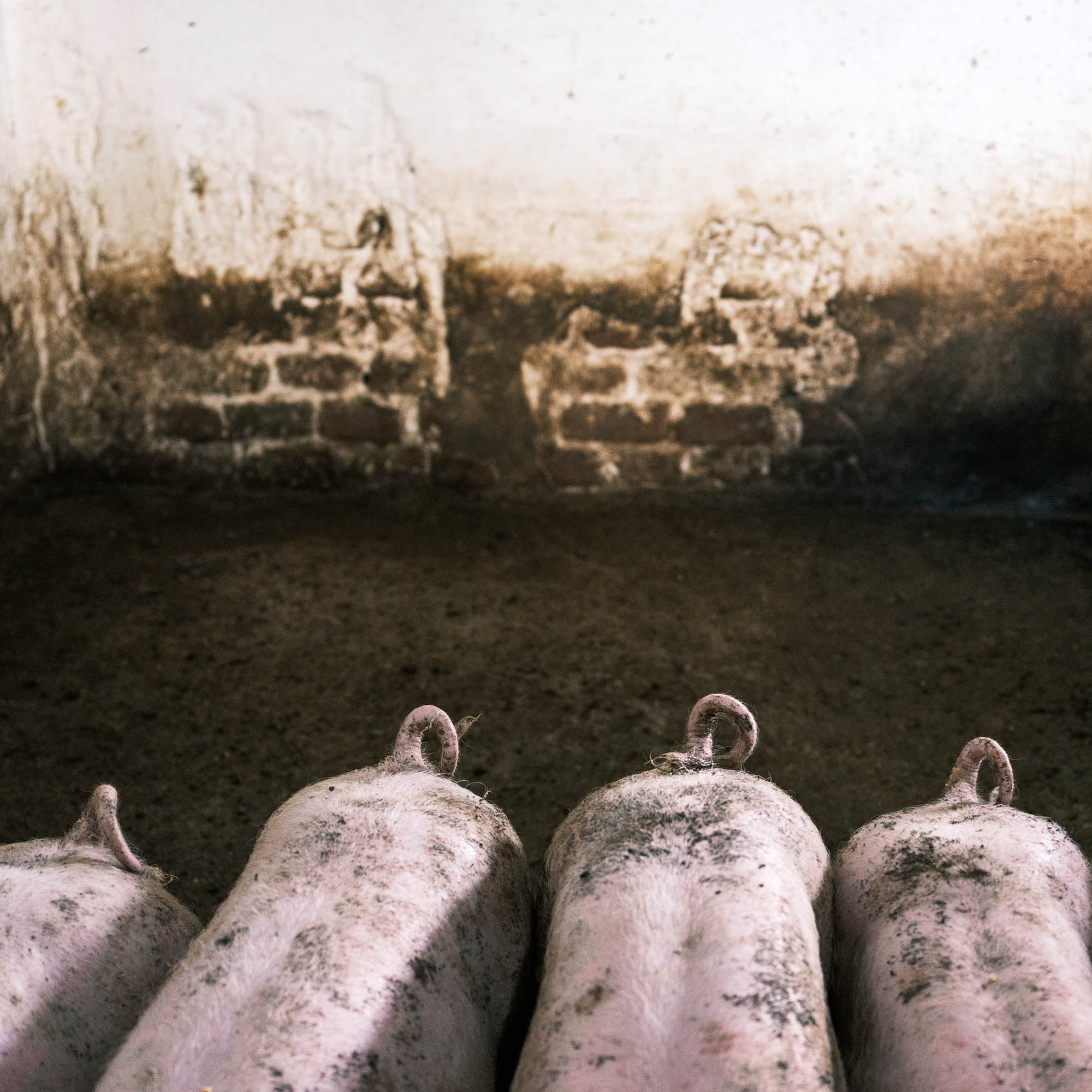
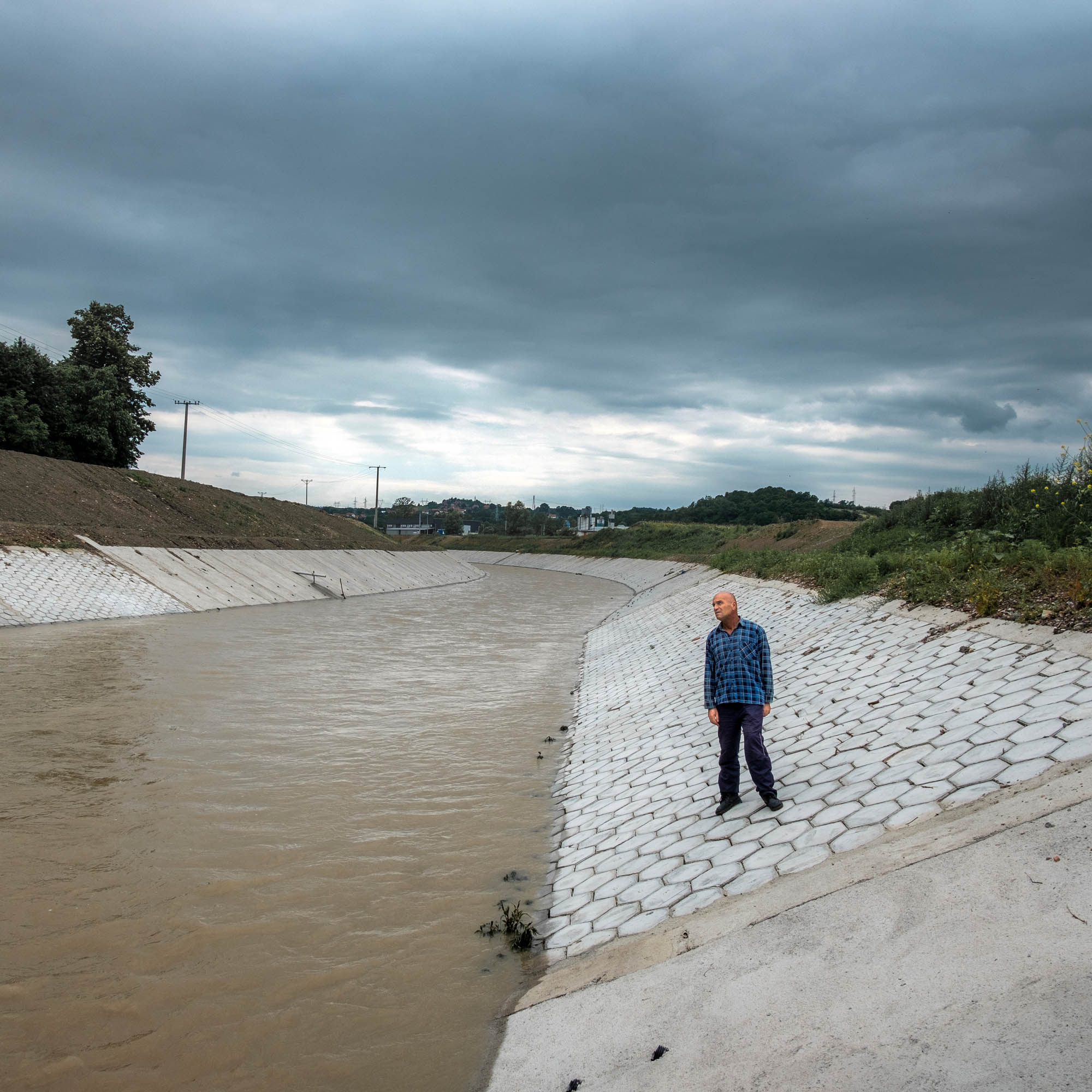
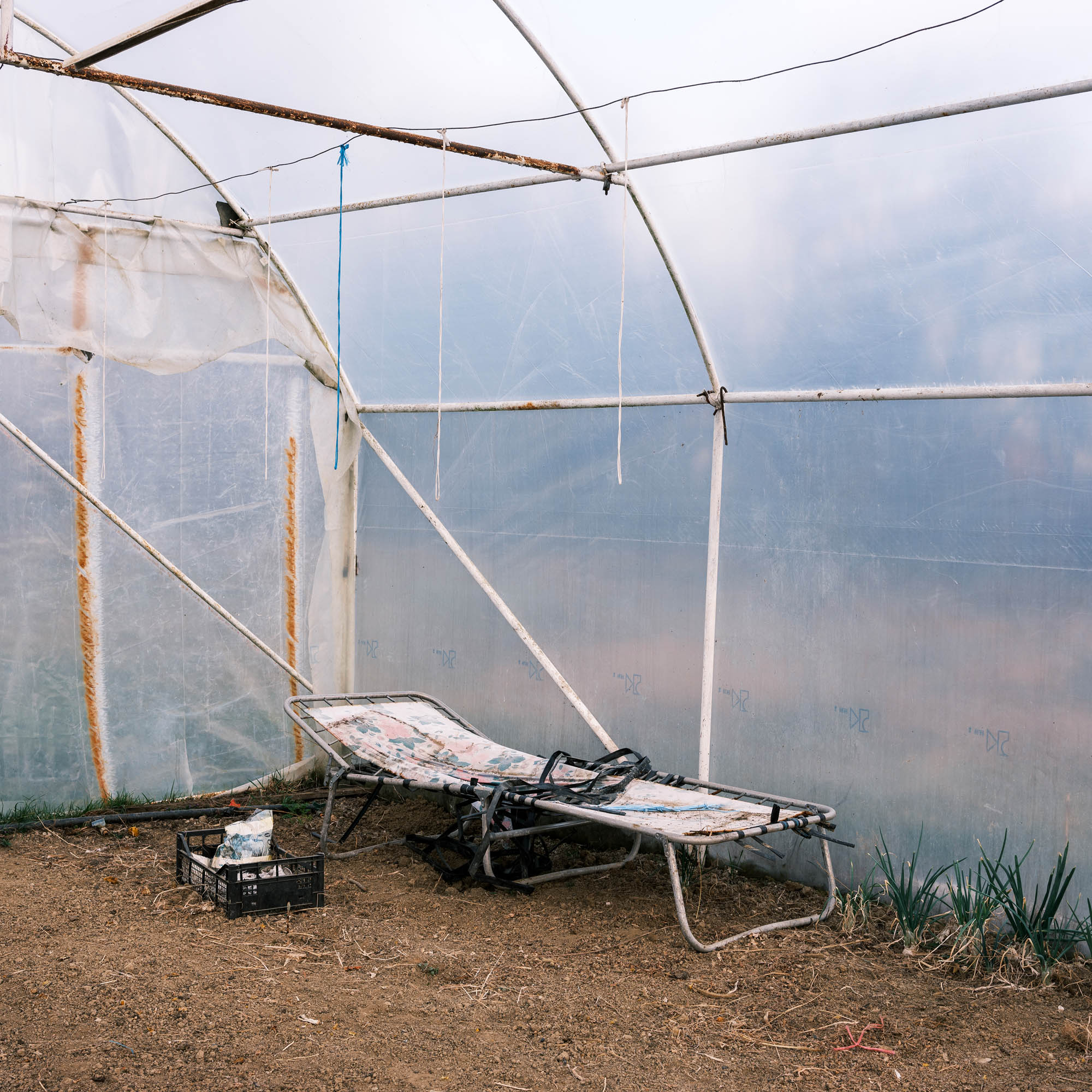
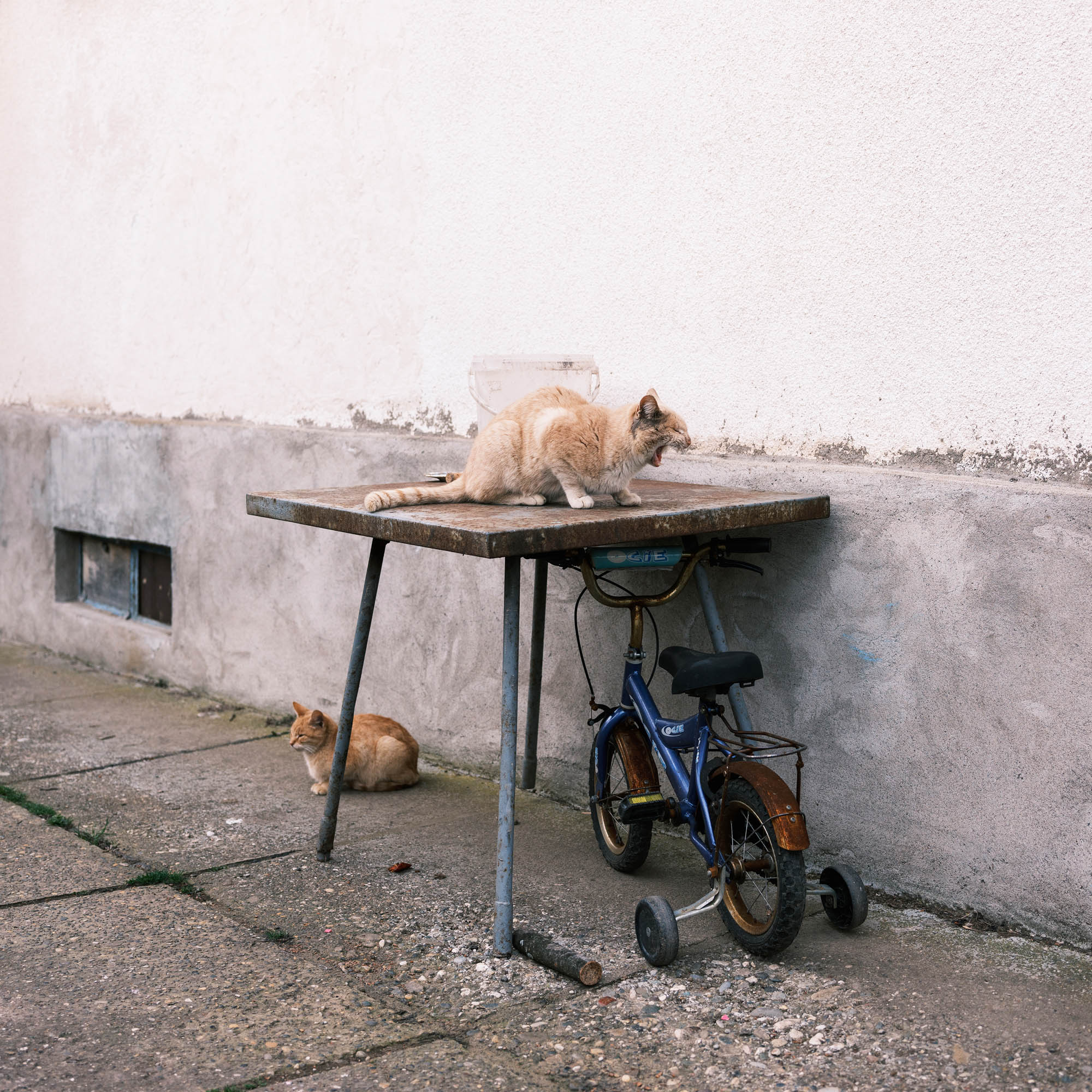
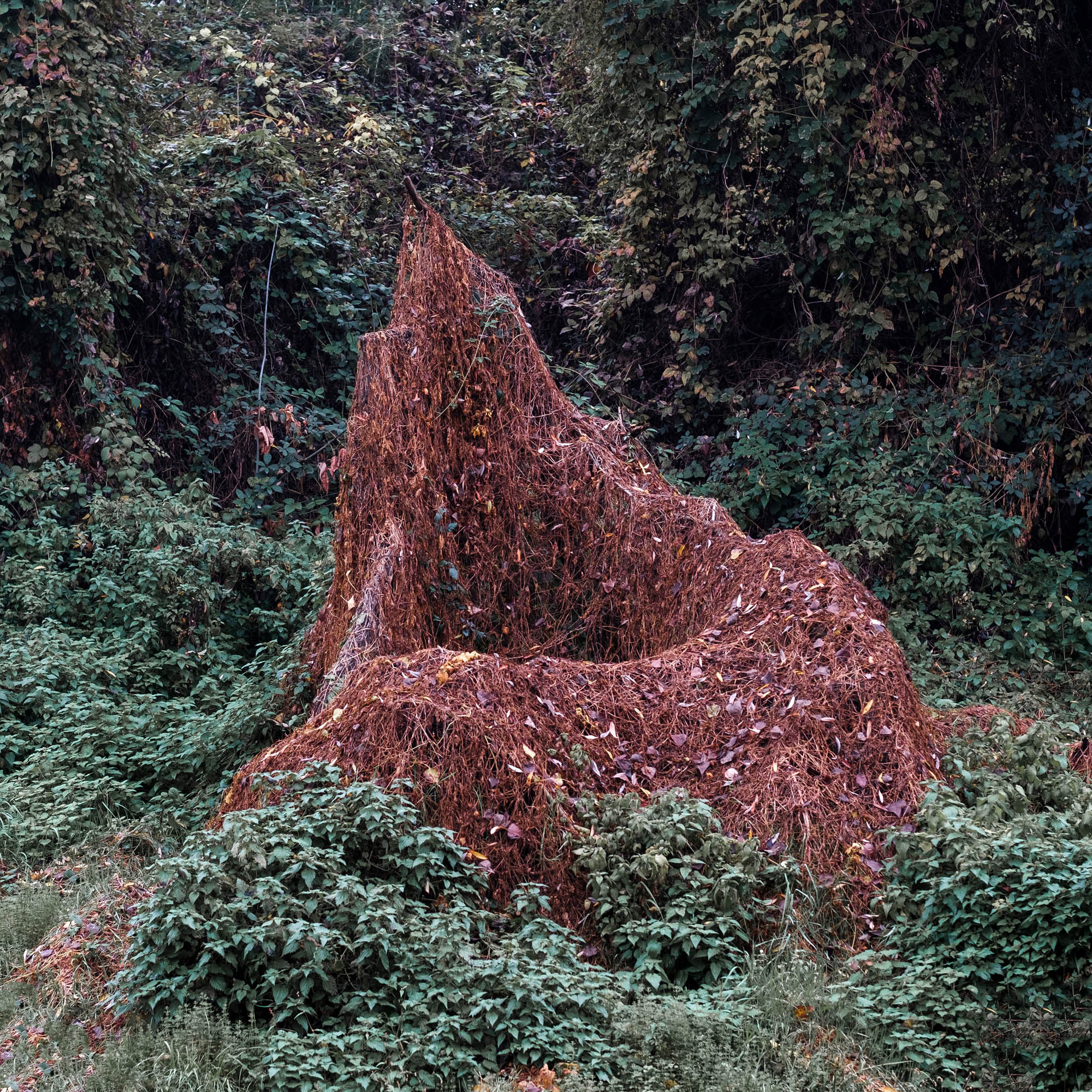


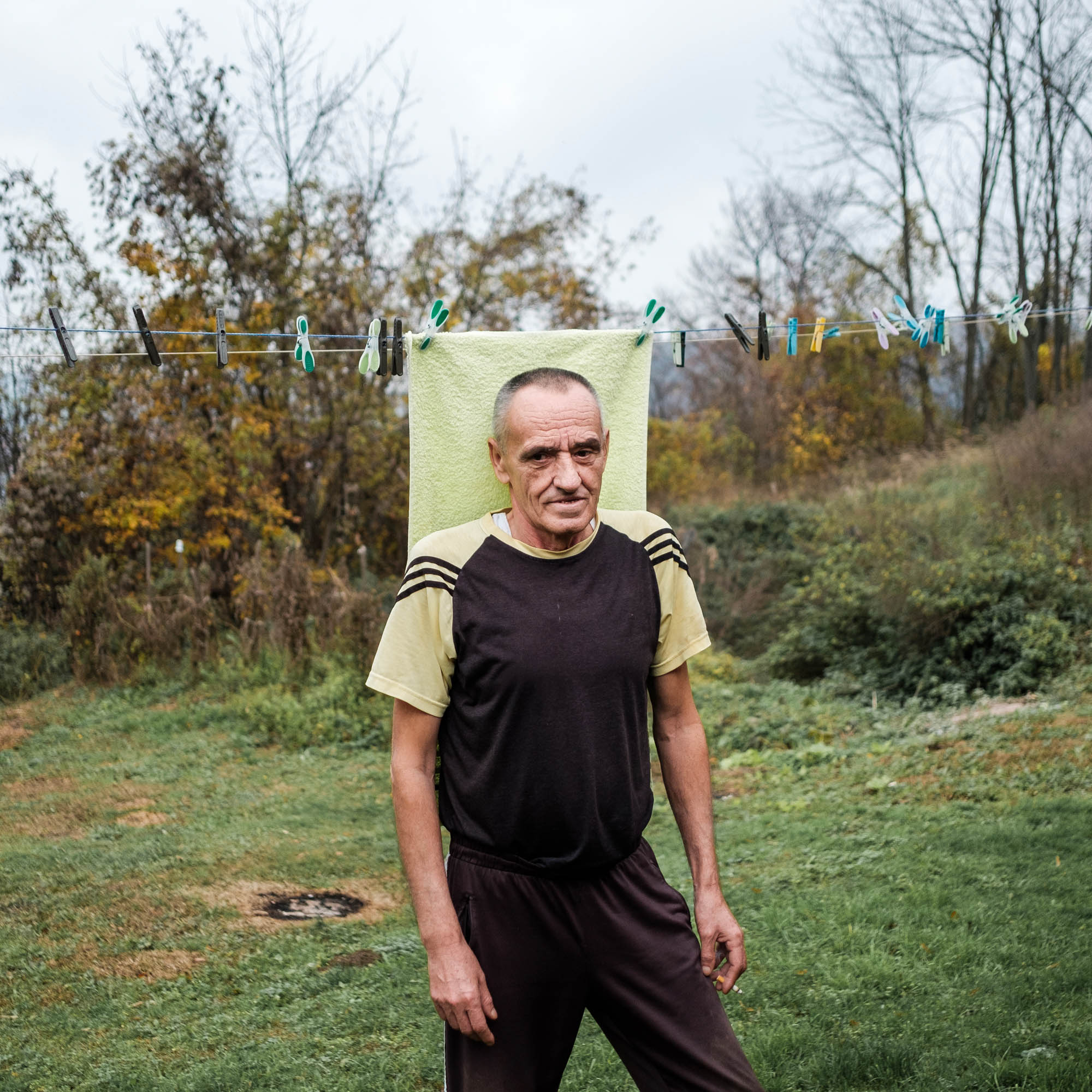
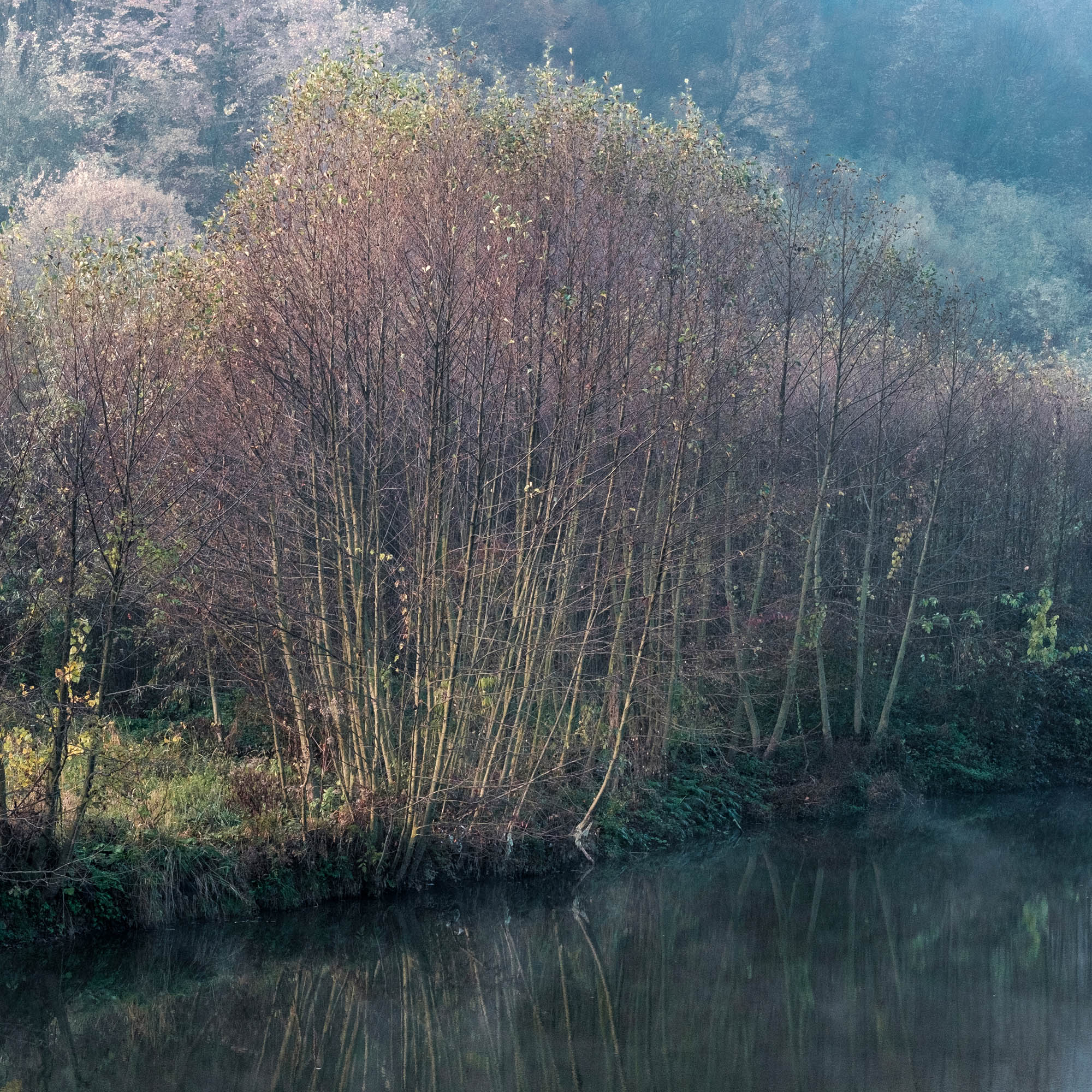
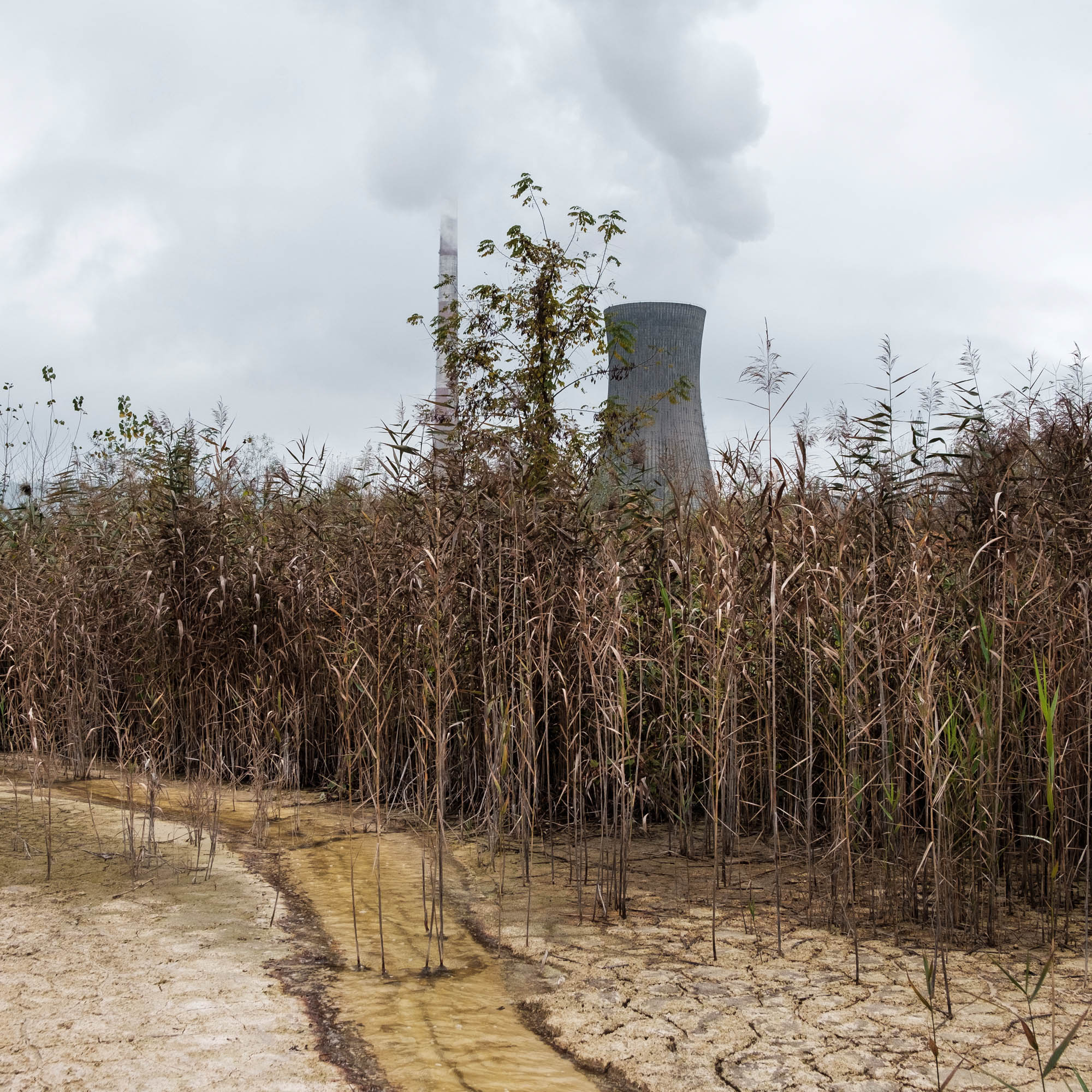
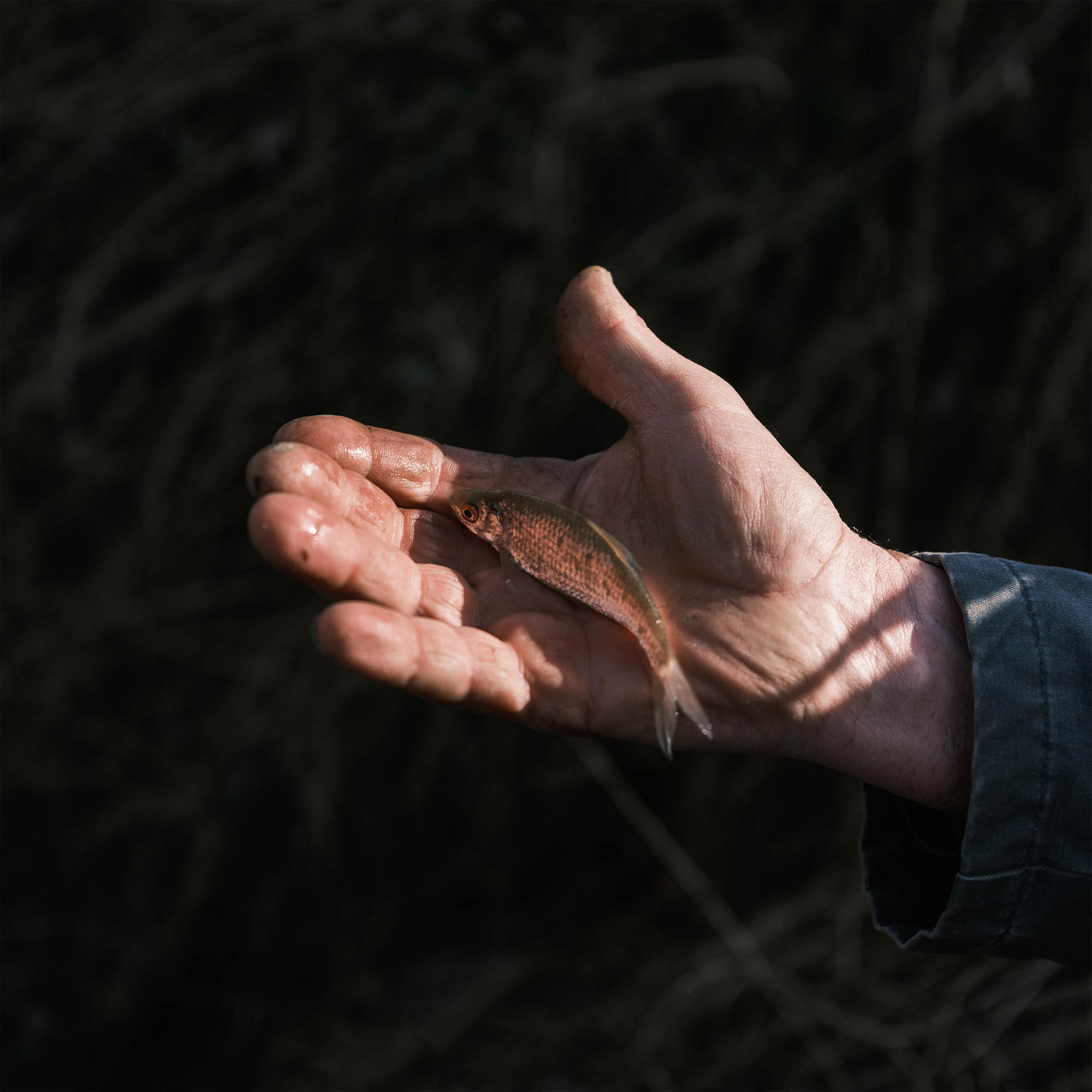

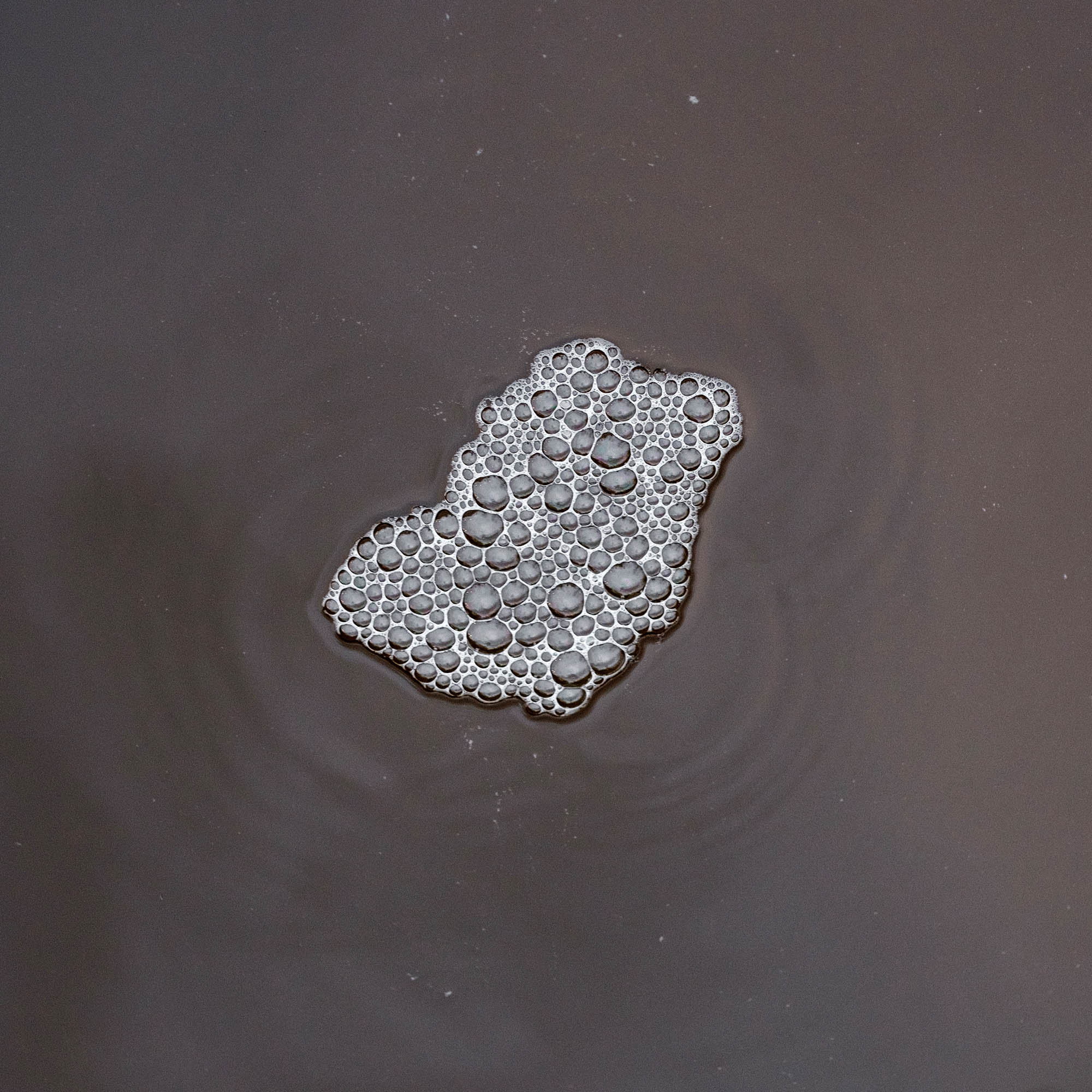

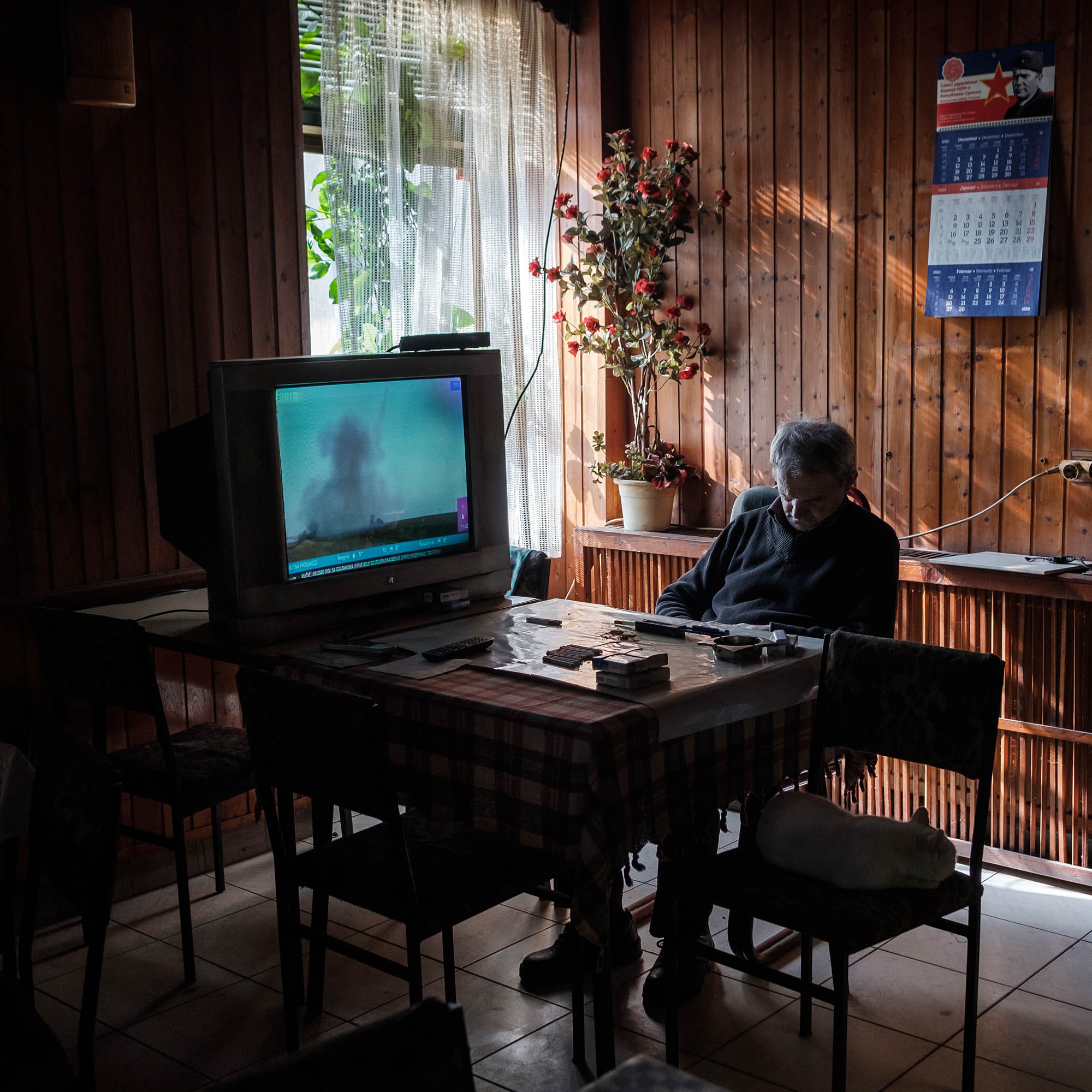


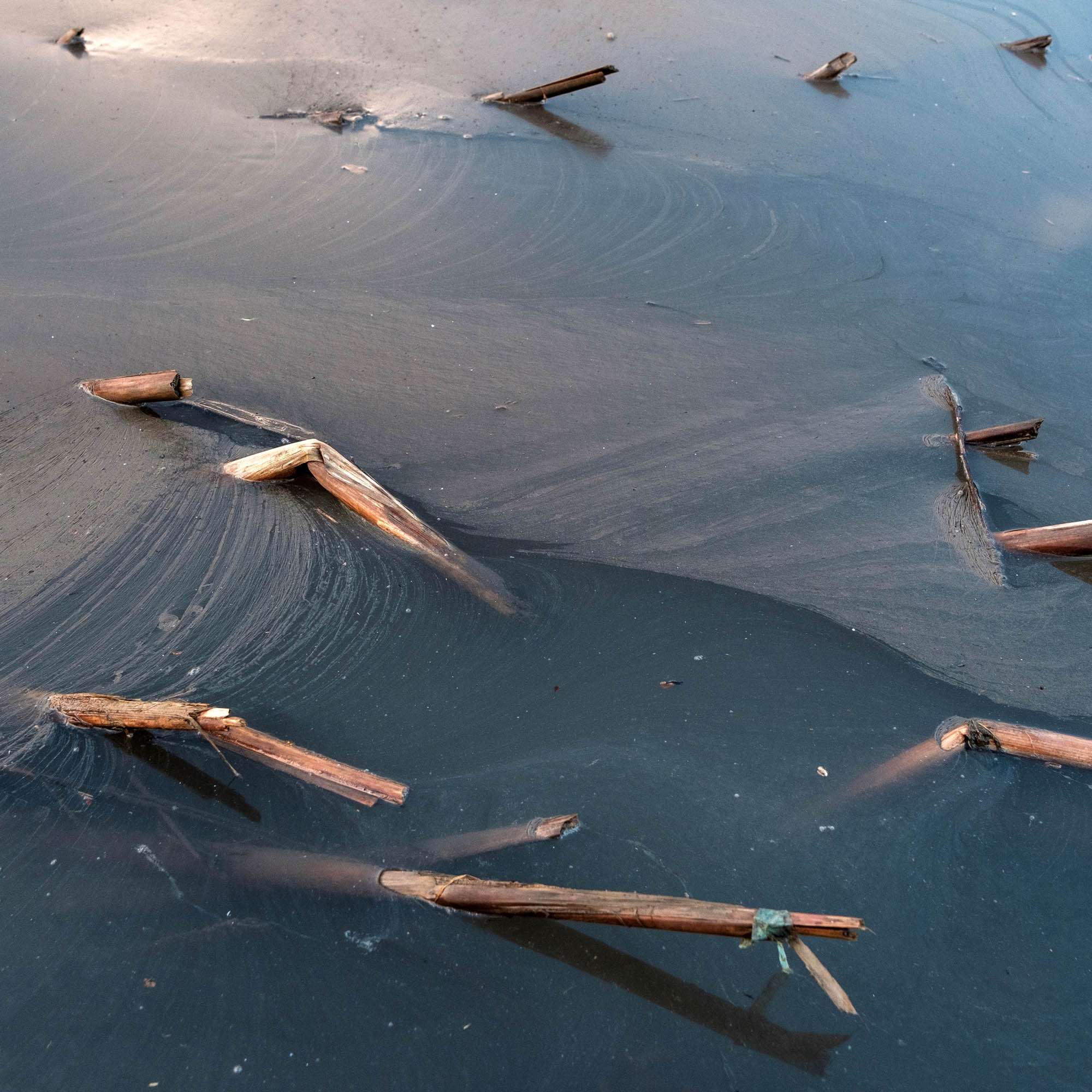
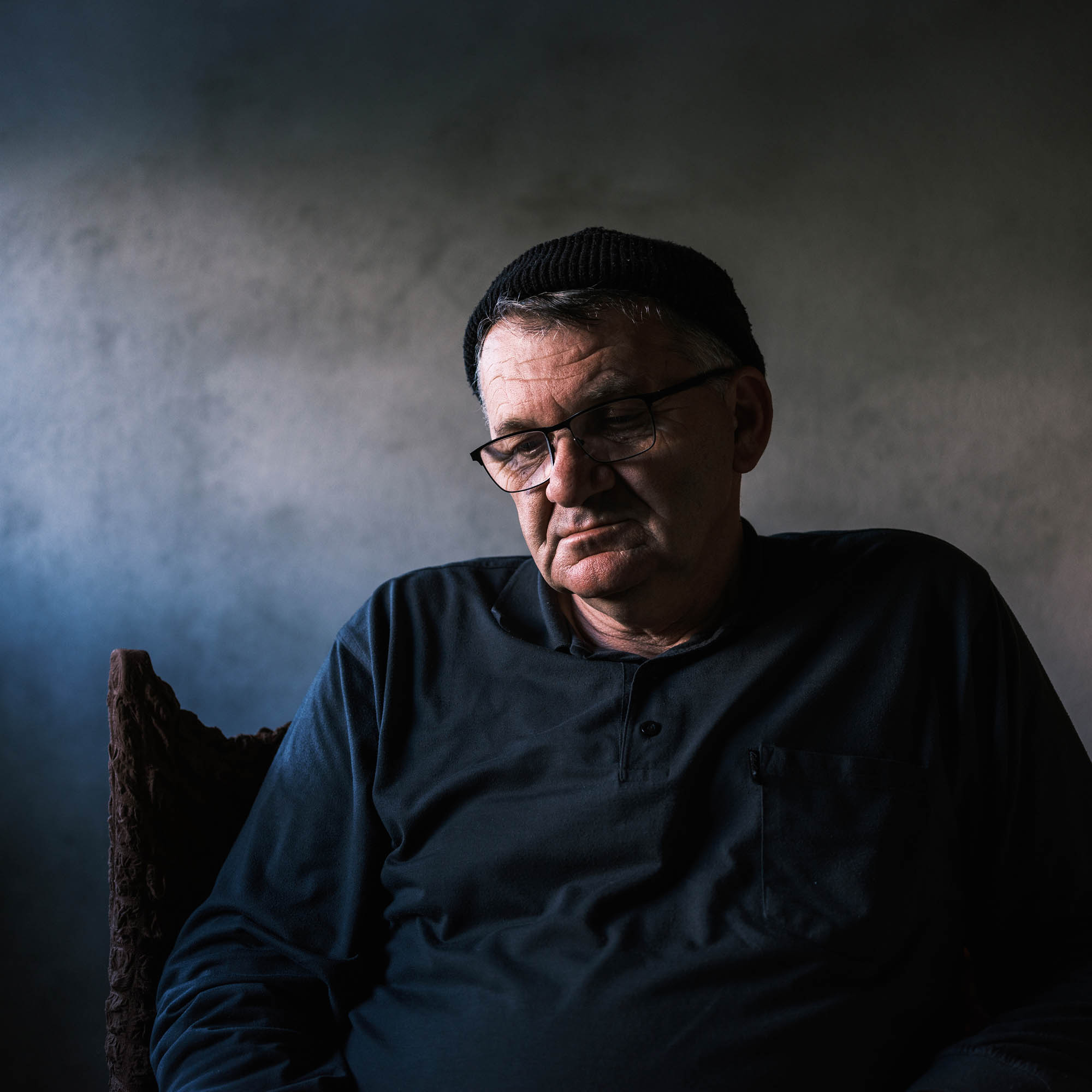


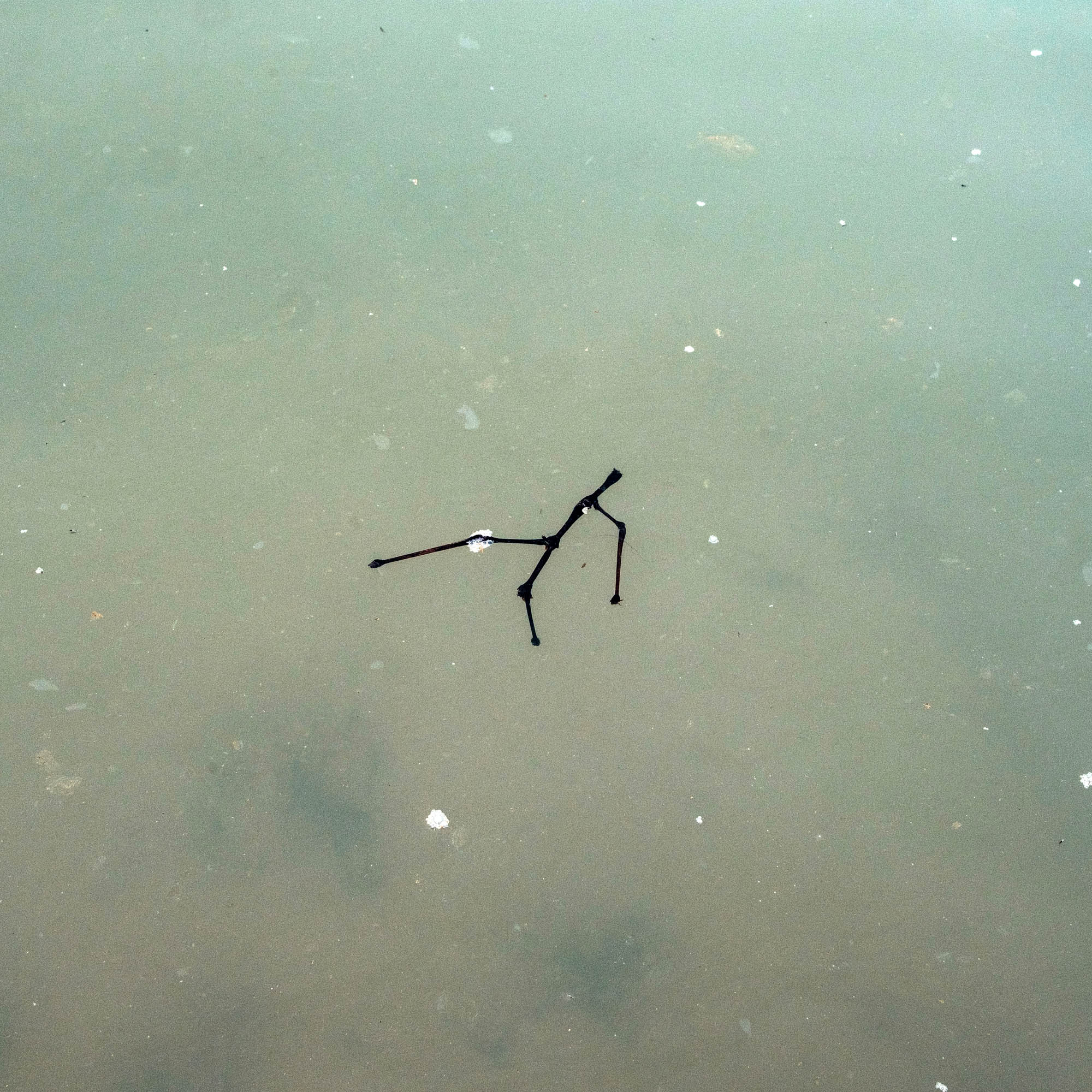
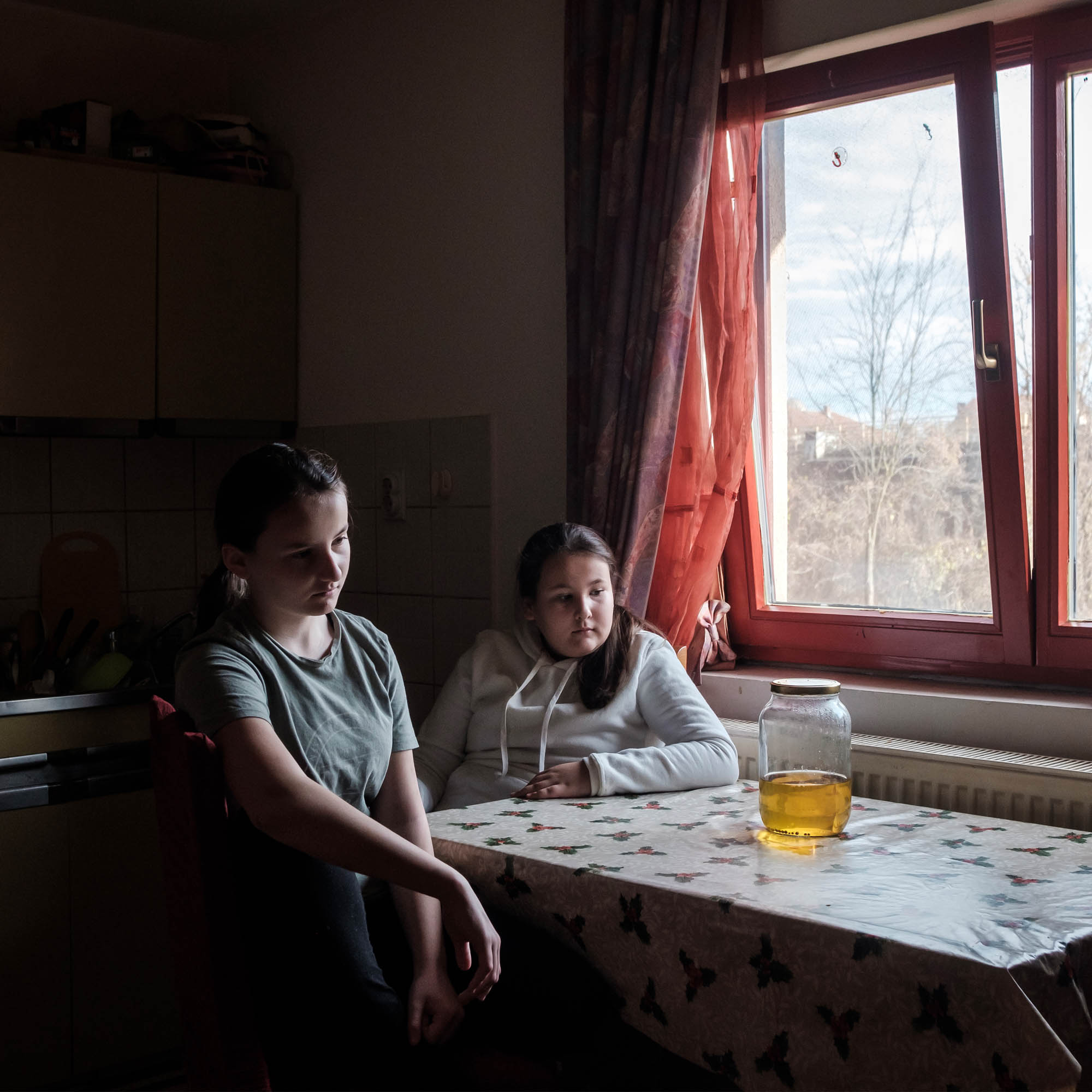
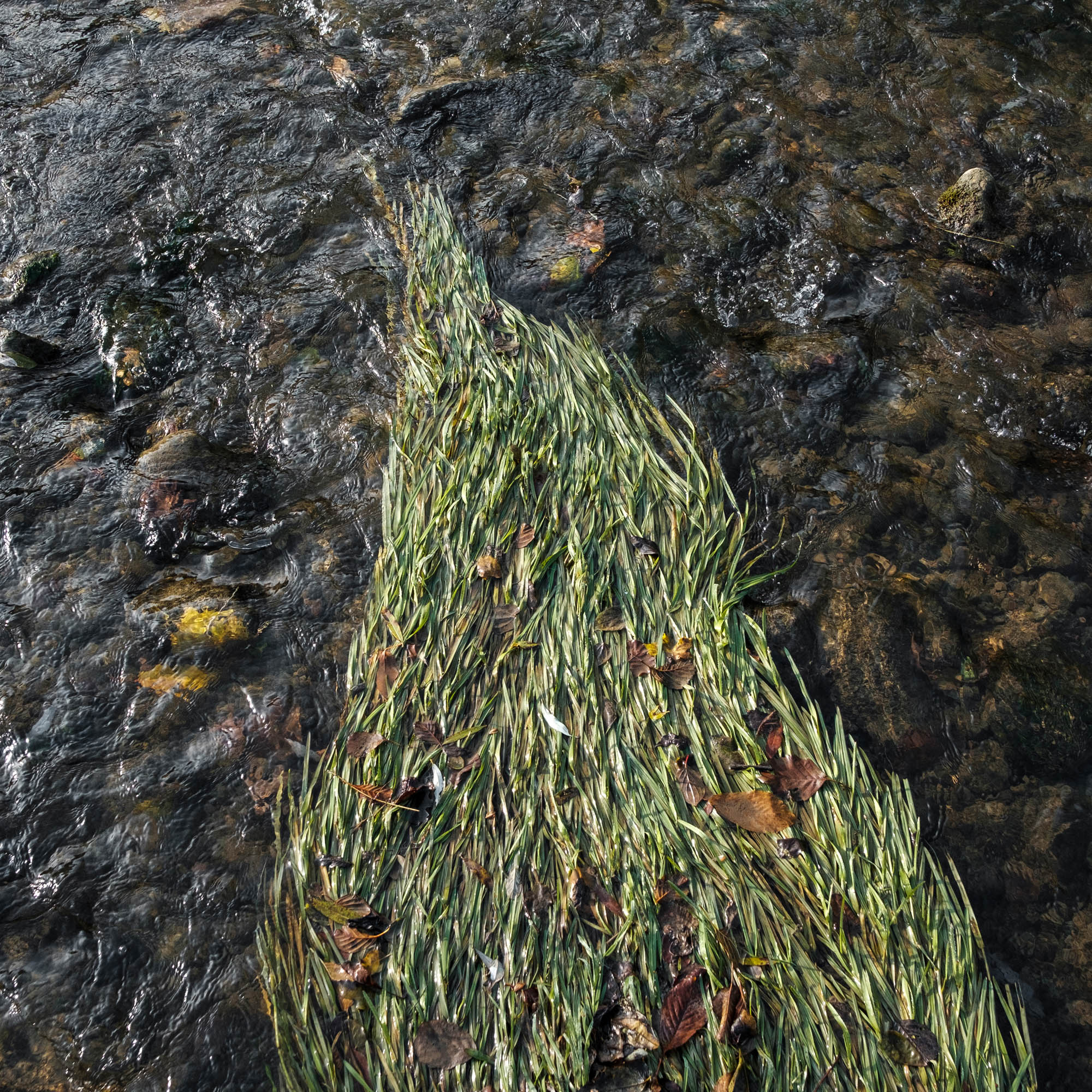
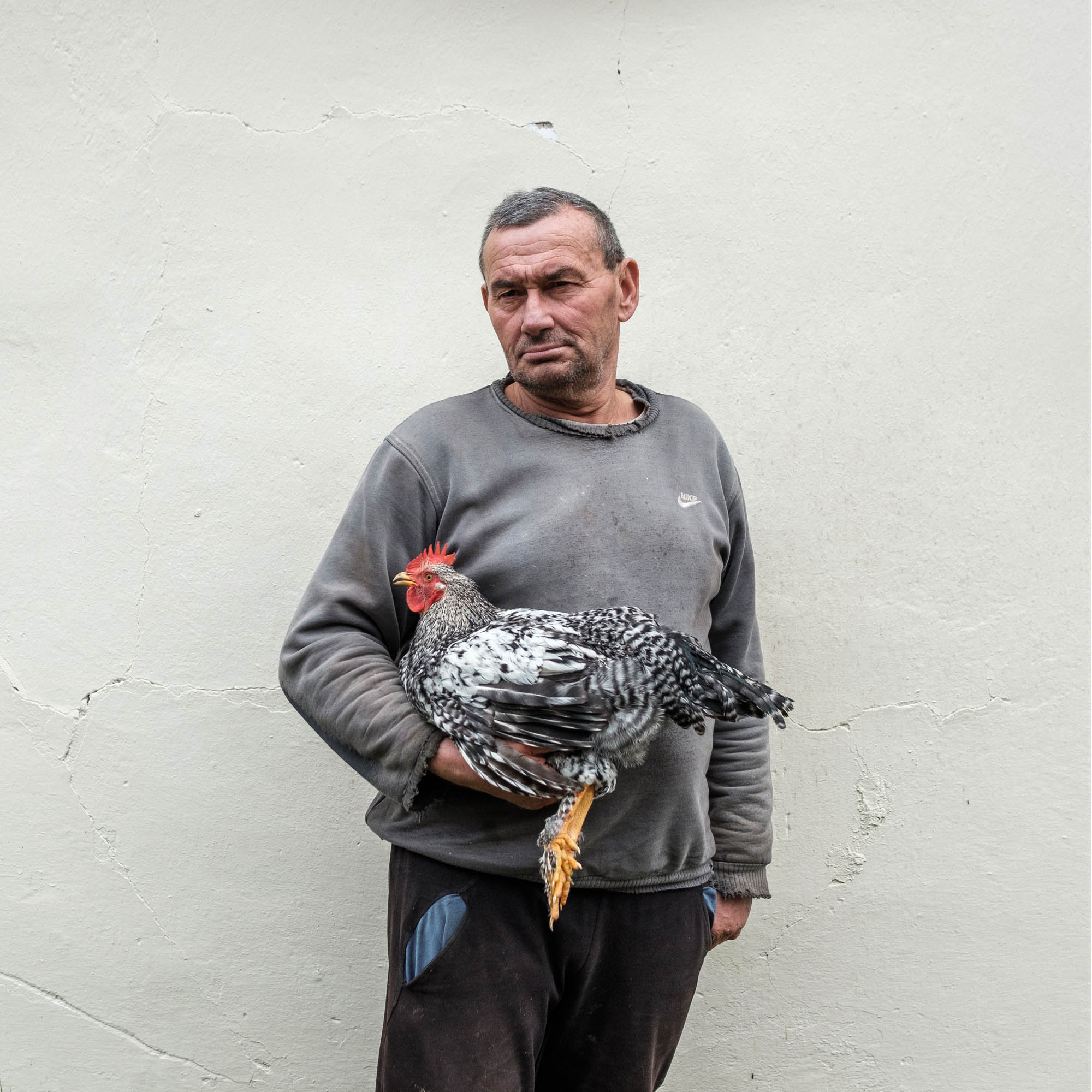


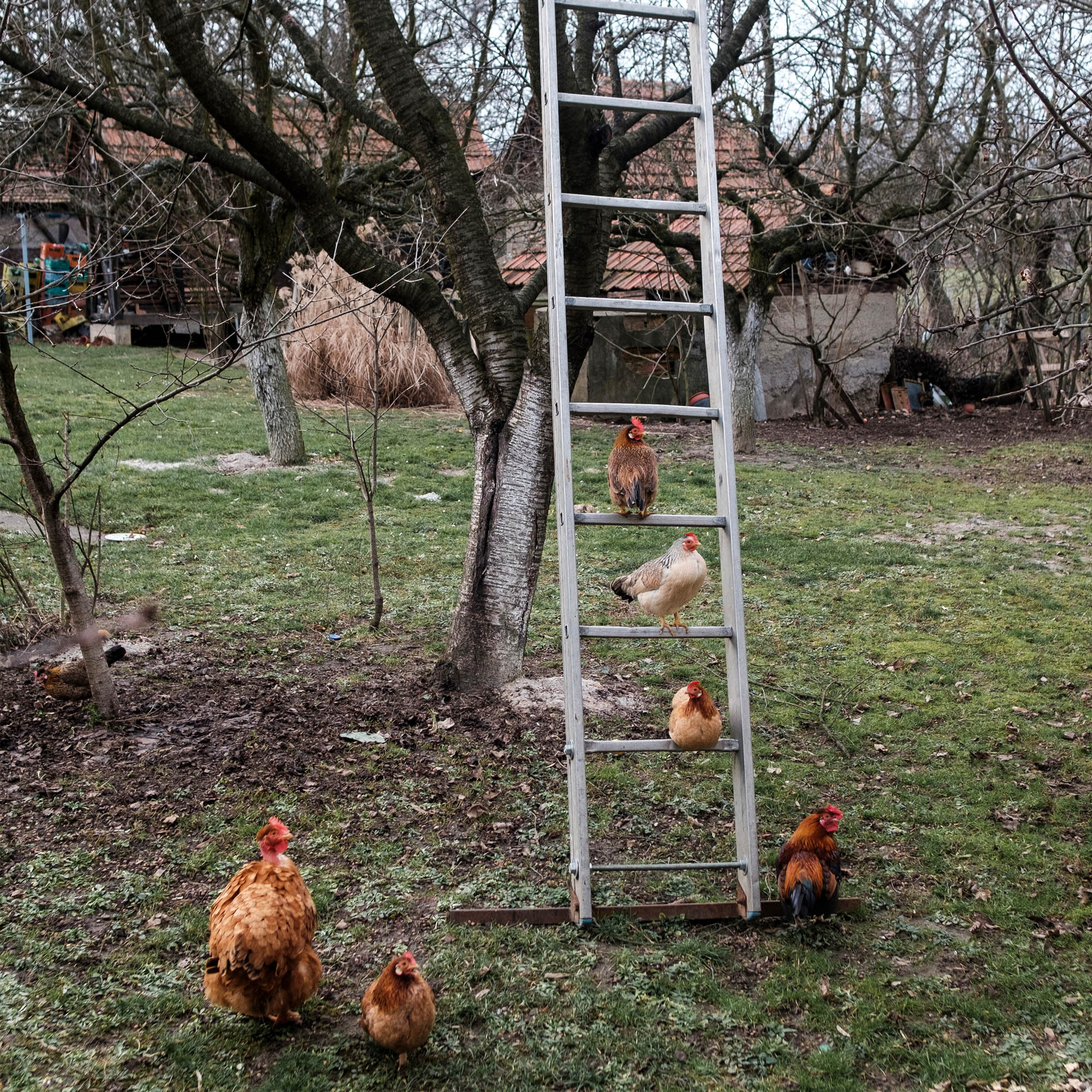
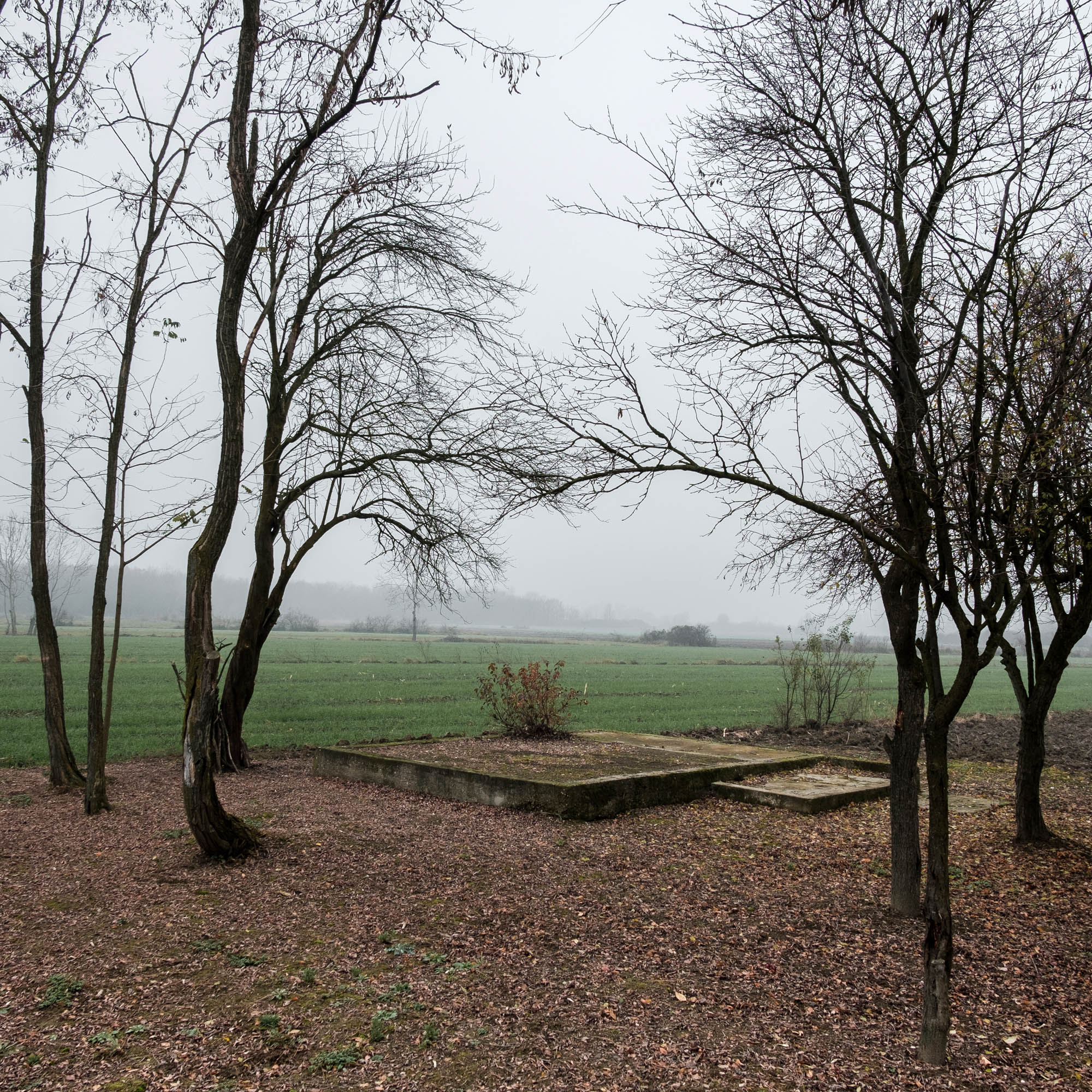

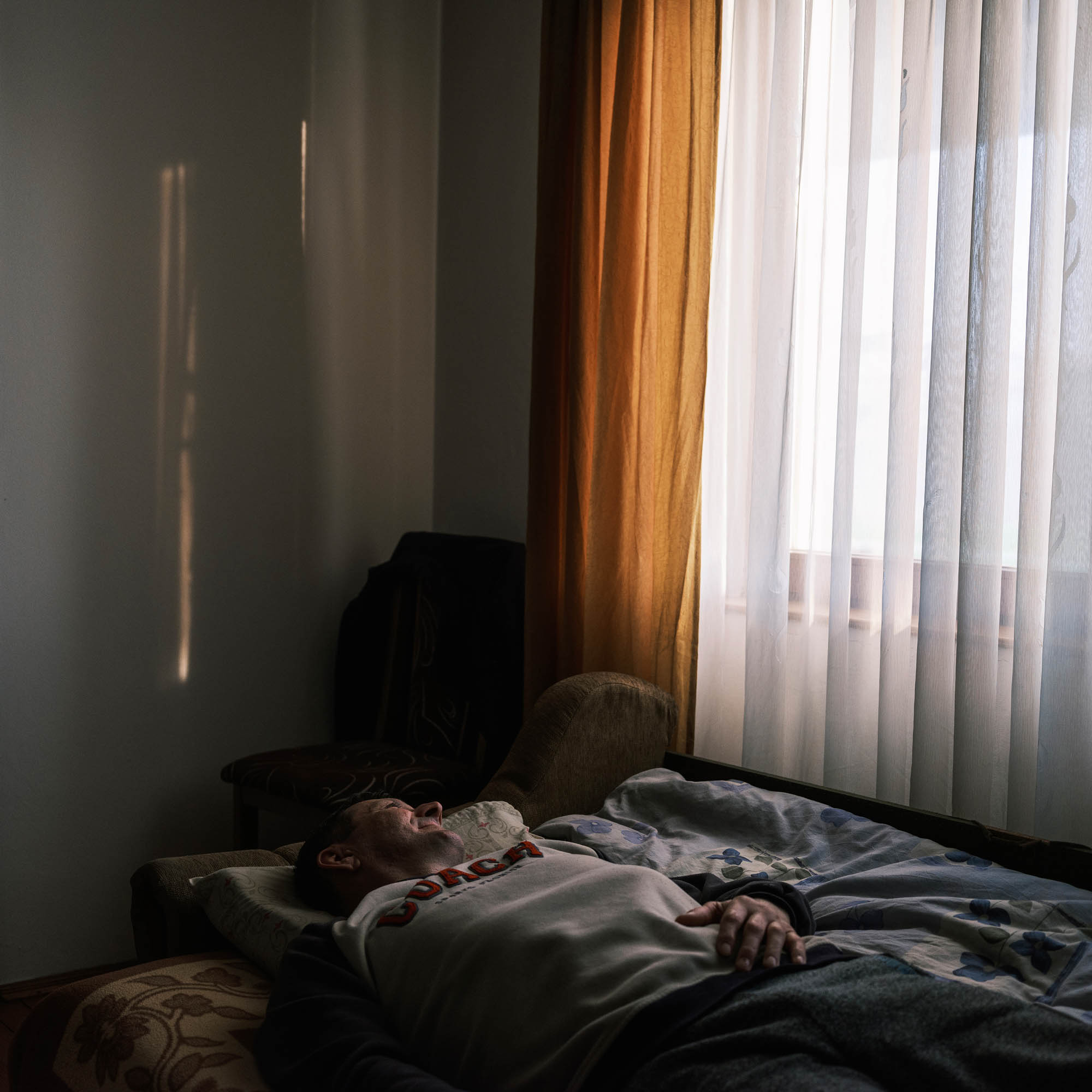

In the last thirty and more years, the balance of the river has changed. Until the end of the seventies, when preparations for the construction of the Power Plant in Ugljevik, today the largest economic giant in Bosnia and Herzegovina, began, Janja was a source of gatherings. The children would take the cattle out to graze and use the opportunity to bathe in the river. People used the river for agriculture, used the full potential of the Janja. Many drank it water from the river. With the construction of the Power Plant in the early 1980s, the river was first diverted and thus the ecology of the river itself changed. My memories of Janja connect me to swimming in it, freeing myself in the water and learning to swim.
Janja is an ongoing project that explores the complex and multidimensional issues of changing rivers and the consequent impact on their inhabitants, in an effort to understand this rich environment, but also its obvious reality.
Located in the northeastern part of Bosnia and Herzegovina, the Janja is a 53 km long river and is a left tributary of the Drina – the second largest river in the country. The story depicts and exposes the complex cultural, physical, economic and ecological situation along the river. For example, the river bed has been repaired in two places due to the overflow in 2014, when the seemingly small Janja caused enormous damage. Unfortunately, by arranging the riverbed, its eco system was permanently changed. Unusually for the Janja, in its not so large flow, it changes its name to “Modran” in the middle part, and again continues the flow under the name Janja until its final confluence.
The research of the entire course of the river resulted in a multi-layered document, a kind of diary, which represents a narrative created from visual information as well as stories told by the inhabitants of the surrounding areas. Like any river, it cuts through the landscape, carries time, destinies and imaginations. Perhaps it is no coincidence that man chooses to stay close to water, because water acts as a source of energy or even connects us to other energy. In order to understand the fate of this river, we need to hear the whisper of the water that speaks of the great history of this place, to listen to the personal stories of the people who live in the area of this river. The story of Janja should be heard, smelled, absorbed, felt with all possible senses – feel anxiety or find inner peace by saying goodbye to her at it’s end.